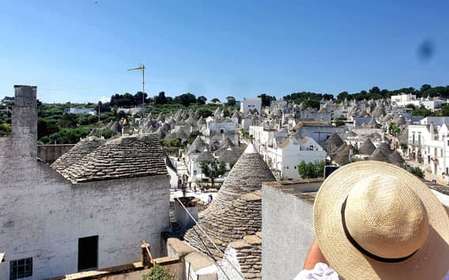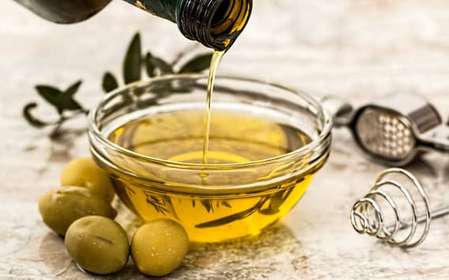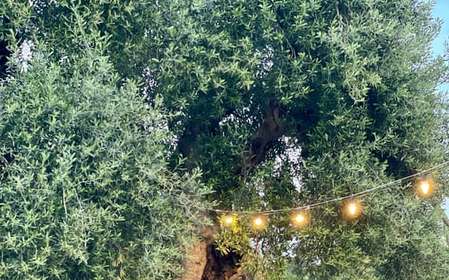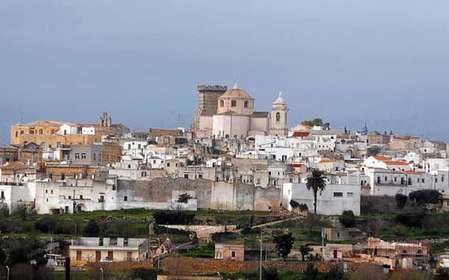- Home
- Useful Tips
- How to explore Brindisi's local markets
Exploring Brindisi's local markets can be overwhelming for visitors. With over 15 markets scattered across the city, many travelers waste precious vacation time navigating crowded stalls or missing the best deals entirely. A 2022 tourism survey revealed 68% of visitors leave Brindisi without experiencing authentic market culture, often settling for overpriced souvenirs instead of genuine Puglian treasures. The frustration of language barriers and not knowing where to find quality products turns what should be a delightful cultural experience into a stressful chore. Locals guard their market knowledge closely, leaving tourists to wander aimlessly past the freshest seafood, ripest produce, and most skilled artisans without realizing what they're missing.


Navigating Brindisi's market maze without wasting hours
Brindisi's markets follow an intricate seasonal schedule that even some locals struggle to track. The Mercato Coperto near the port operates daily but peaks on Wednesday mornings when farmers bring their freshest harvests. For authentic experiences, arrive before 9 AM when restaurant chefs source ingredients – their presence signals top-quality vendors. The sprawling Mercato Settimanale transforms Piazza Vittorio Emanuele every Saturday into a labyrinth of textiles, housewares, and local delicacies. Smart visitors wear comfortable shoes and bring reusable bags, as plastic bags often incur small fees. A little-known trick is to follow elderly shoppers – they invariably know which stalls offer the best value on seasonal specialties like taralli crackers or extra virgin olive oil.
Decoding market prices to avoid tourist traps
Price variations in Brindisi's markets can surprise unprepared visitors. At fish stalls, look for the 'KG' price tags rather than piece pricing – swordfish steaks priced per kilogram often cost 30% less than pre-cut portions. Cheese vendors typically offer free samples; this isn't just hospitality but a quality assurance practice. For handmade ceramics, inspect the underside for 'fatto a mano' (handmade) stamps rather than 'dipinto a mano' (hand-painted), which indicates factory-produced bases. Many stalls near market entrances charge premium prices targeting tourists, while identical products sit 20% cheaper just three rows back. Savvy shoppers know that politely asking 'Qual'è il prezzo giusto?' (What's the fair price?) often unlocks better deals than aggressive haggling in this proud merchant culture.
Finding authentic Puglian products worth bringing home
Beyond the obvious olive oils and wines, Brindisi's markets hide extraordinary artisanal finds. Seek out small leather workshops in the Mercato Artigianale crafting traditional 'scarpette' slippers using century-old techniques. The best dried tomatoes come from vendors displaying them in glass jars rather than plastic – a sign of proper sun-drying methods. For unique edibles, look for 'capocollo' cured meats from local Norcia butchers or almond paste 'fruttini' candies shaped like miniature fruits. Textile lovers should hunt for 'pezzotti' – vibrant handwoven rugs made from fabric scraps, a dying art kept alive by few elderly weavers. These authentic purchases support local families directly while giving you heirloom-quality souvenirs unavailable in airport shops.
Market day strategies for stress-free exploration
Timing transforms your Brindisi market experience. July and August see reduced local vendor participation as temperatures soar – spring and autumn offer fuller selections and more manageable crowds. The sweet spot for photography and relaxed browsing comes between 10:30-11:30 AM, after the morning rush but before lunch closures. Smart visitors combine market trips with cultural landmarks; the Mercato Coperto sits minutes from the Roman columns and Swabian Castle. For hassle-free visits, many quality producers now offer vacuum-packed goods that survive flights beautifully. Don't overlook small 'banchetti' (tables) with handwritten signs – these often feature homemade preserves or lacework from rural artisans who come monthly to sell directly to discerning buyers.



